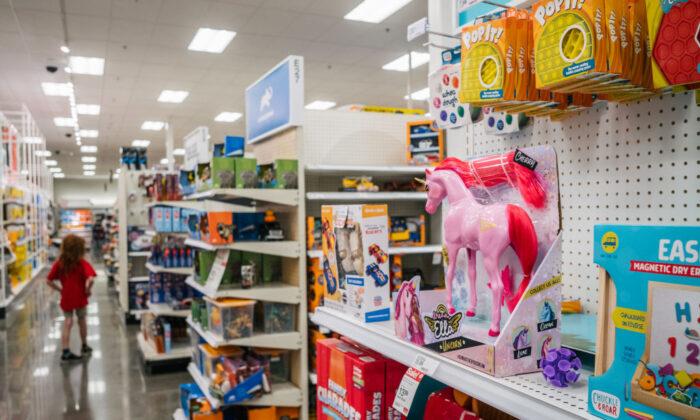A new study out of the University of Toronto has found that a group of toxic chemicals called short-chain chlorinated paraffins (SCCPs) are present in a wide range of indoor products purchased in Canada, even after being prohibited under the Canadian Environmental Protection Act in 2013.
“SCCPs were also detected in newly purchased toys, indicating the potential for children’s exposure. These are the first data to show the ubiquitous occurrences of SCCPs in a wide range of currently marketed products, suggesting continuing indoor exposure to SCCPs despite their prohibition.”
Despite the 2013 ban on SCCPs, the study’s authors found that SCCPs were detected in 87.5 percent of products produced after it took effect, including electronic devices, clothing, plastic toys, and paintings. The authors found the relative distributions of SCCPs, MCCPs, and LCCPs varied across indoor products, but the highest percentage of SCCPs was found in a shopping bag.
The authors said that while lower concentrations of CPs in some indoor products might be from impurities, the higher concentrations of SCCPs, MCCPs, and LCCPs detected in toys and electronic devices suggest they are being intentionally added.
“The presence of SCCPs in these products is of particular concern as infants, toddlers and young children are vulnerable to exposures from such sources,” the authors said. “The ubiquity of CPs in toys and electronic devices commonly used worldwide could benefit from concerted and coordinated international efforts to stem their production and international trade.”





